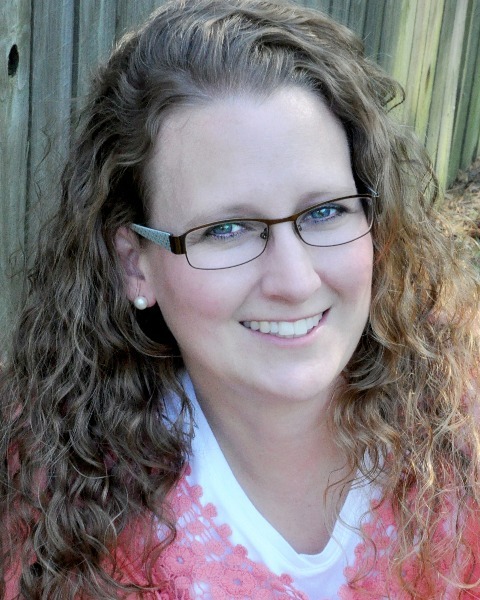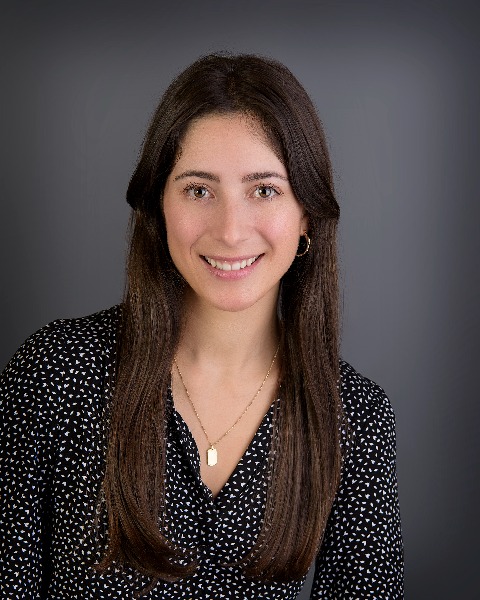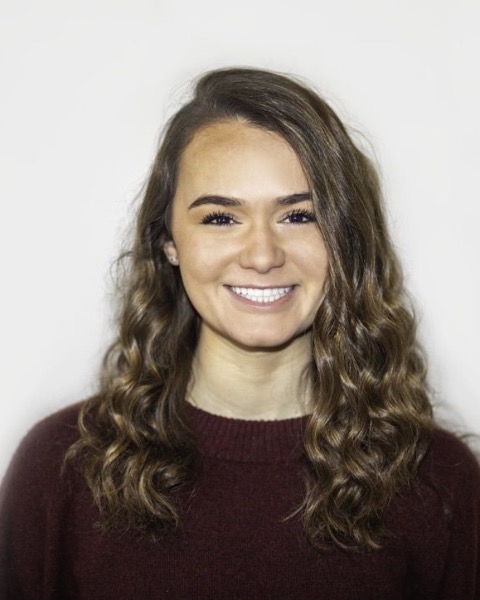Neuro-Audiology (NA)
(PP1004) The Effect of Self-Reported Dialect on Speech Recognition in Noise Performances

Erin L. Kokinda, Student
Student
East Carolina University
Grifton, North Carolina, United States
Andrew J. Vermiglio, AuD
Assistant professor
East Carolina University
Greenville, North Carolina, United States
Virginia D. Driscoll, PhD
Assistant Professor, Music Therapy
East Carolina University
Greenvile, North Carolina, United States
Caitlyn A. Paulson
Student
East Carolina University
Greenville, North Carolina, United States
Reyse Stirrett, AuD Student
Lead Presenter
East Carolina University, United States
Hannah R. Osborne, AuD Student
AuD Student
East Carolina University
Greenville, North Carolina, United States
Ava Cunningham
Student
East Carolina Univeristy, United States
Kathryn Fennie
Student
East Carolina University
Greenville, North Carolina, United States- LH
Laura Hall
Student
East Carolina University, United States 
Abigail Ormond
Student
East Carolina University
Kinston, North Carolina, United States
Lead Presenter(s)
Presenter(s)
The purpose of this study investigated the effect of dialect on speech recognition in noise performances. The subjects were divided into Southern or non-Southern dialect groups. Speech recognition in noise ability was evaluated using AzBio sentences in four different maskers. There was no statistically significant group differences for the four talker babble conditions. The Southern group performed better than the non-Southern group in conversational masker conditions. This difference was statistically significant in the absence of semantic content.
Summary:
Objectives: The purpose of this study was to investigate the differences in speech recognition in noise performances between dialect groups (Southern versus Non-Southern). Speech recognition in noise ability was evaluated using the AzBio test. We hypothesized that there will be a statistically significant difference between dialect groups for speech perception in noise ability.
Rationale: Speech perception in noise testing is important to understand how a person hears in everyday situations. The ability for a person to understand speech in noise may be influenced by their dialect. The effect of dialect has been observed in previous investigations (Dawes & Bishop, 2007; Dawes, 2011; Shi & Canizales, 2013; Jacewicz & Fox, 2015). None of these studies have evaluated the effect of dialect on the perception of AzBio sentences in various masker conditions. The purpose of the present study was to investigate the differences in speech recognition in noise performances between dialect groups. We hypothesized that there will be a statistically significant difference between dialect groups for speech perception in noise ability.
Design: Thirty native English speakers (29 female and 1 male), age 19 to 32 (M = 20.93 years, SD = 2.55) from a large public university. All participants had normal pure-tone thresholds (< 25 dB HL, 0.25 - 4.0 kHz). Participants completed an online questionnaire where they indicated their dialect by self-report. The responses were used to categorize the participants into southern (n = 19) or non-southern groups (n = 11). Speech recognition in noise abilities were measured using the AzBio speech perception in noise test (Spahr et al., 2012). Four different listening conditions were used: Four-Talker Forward Babble, Four-Talker Backward Babble, Conversational Masker Forward, and Conversational Masker Backward. The AzBio was administered binaurally under supra-aural headphones in a sound-treated booth. The speech and noise stimuli were presented at 65 dBA (0 dB SNR). All sentence lists and test conditions were randomized.
Results: An analysis of variance (ANOVA) was performed to investigate the main effect of dialect group (Southern and non-Southern) for the four-talker babble conditions. For the four-talker babble conditions, no main effect for dialect group was found (F(1, 28) = 0.03, p = .35) however, a main effect for listening condition was found (F(1, 28) = 32.16, p< .0001). For the conversational masker conditions, a main effect was found for dialect group (F(1, 28) = 0.16, p = .045). However, no main effect for listening condition was found (F(1, 28) = .02, p = 0.44). A post hoc analysis using t-tests revealed no statistical significance for dialect groups for the conversational forward masker condition (p = 0.06). However, a statistically significant difference was found between dialect groups for the conversational backward condition (p = 0.04). For both conversational masker conditions, the Southern dialect group performed approximately 7 percentage points better than the non-Southern dialect group.
Conclusion: There was no main effect of dialect for the four talker babble listening conditions; however, for the conversational masker listening conditions a statistically significant main effect of dialect was observed.
Learning Objectives:
- Upon completion, participants will be able to describe the effect that a listener's dialect has on the ability to hear speech in noisy environments.
